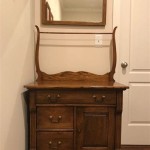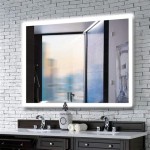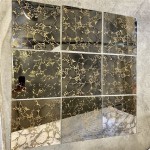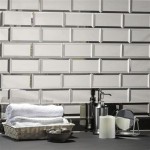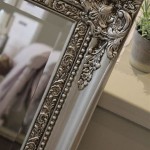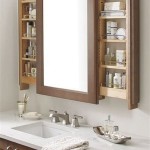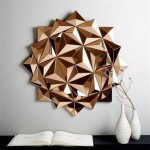One-Way Mirrors: How Do They Work?
One-way mirrors, also known as privacy glass or interrogation mirrors, are fascinating optical devices that allow people to see through one side while remaining invisible from the other. They are commonly used in interrogation rooms, observation windows, and covert surveillance applications. Their unique ability to provide one-sided visibility raises questions about how they work.
Principle of Operation
One-way mirrors utilize a simple optical principle that involves the transmission and reflection of light. They consist of two layers of glass or acrylic with a thin, semi-transparent coating applied to one side of the first layer. This coating is typically made of a metal like aluminum or a dielectric material.
When light strikes the coated glass from one side, a portion of it is transmitted through the coating and the first layer of glass. The transmitted light then passes through the second layer of glass and exits the mirror. The remaining light that is not transmitted is reflected back towards the side from which it entered.
Reflectivity and Transparency
The semi-transparent coating is carefully designed to balance reflectivity and transparency. The coating is highly reflective on the side facing the room with the observer, ensuring that most of the light is reflected back towards the source. This prevents the observer from being visible from the other side.
On the side facing the room where people are being observed, the coating is slightly transparent. This allows a limited amount of light to pass through, allowing the observer to see into the room. The transparency is optimized to ensure that the observer has a clear view while maintaining the one-way visibility.
Applications
One-way mirrors have diverse applications in various fields, including:
- Law Enforcement: Interrogation rooms and observation windows in police stations and prisons.
- Security: Covert surveillance of suspects or premises.
- Psychology: Observing subjects in experimental psychology studies.
- Retail: Preventing shoplifting by allowing store personnel to monitor customers while remaining unseen.
- Entertainment: Creating theatrical effects in stage productions.
Limitations and Considerations
While one-way mirrors provide effective one-sided visibility, there are certain limitations to consider:
- Color Distortion: The semi-transparent coating can slightly distort the colors of objects observed through the mirror.
- Light Conditions: The visibility through the mirror is dependent on the lighting conditions on both sides. Dim lighting on the observed side can make it difficult to see clearly.
- Cost: One-way mirrors can be relatively expensive to purchase and install.
In conclusion, one-way mirrors work by reflecting light back towards the observer while allowing a limited amount of light to pass through for viewing. Their unique properties make them valuable tools in law enforcement, security, and various other applications, providing one-sided visibility while maintaining privacy on the other side.

How Does One Way Mirror Work

Buyer S Guide Selecting The Best Mirror For Your Observation Room Two Way Mirrors
Is There Such A One Way Mirror
Can You Shine Light Through A One Way Mirror Quora

One Way Mirror Smart Glass For Interior Design Chiefway
How Do One Way Mirrors Work And What Are Some Real World S For Them Quora

What Is One Way Glass Used For

How One Way Mirrors Work

The Science Behind One Way Mirrors How Do They Work

How A Two Way Mirror Works

